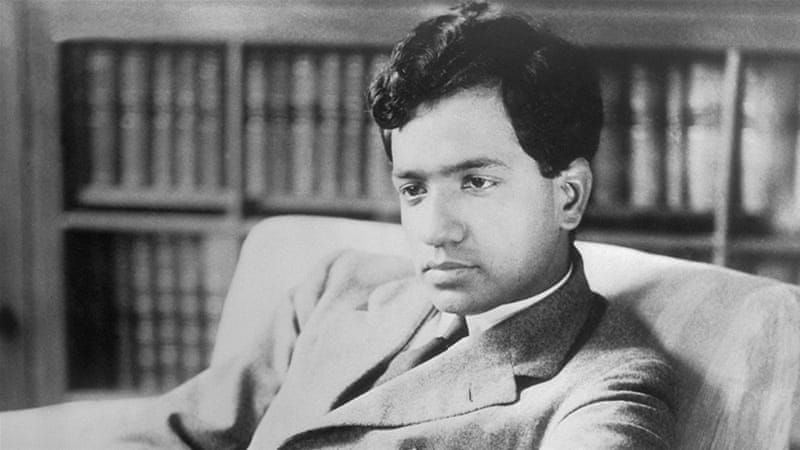Chapter 03: Black Holes - An Infinite Singularity
May 14, 2019 • 15 views
A black hole holds all the colors of the universe.
~Anthony T.Hincks
Black holes, sounds familiar? The term black hole is of very recent origin. We know that light acts as both particles and waves. Due to it’s particle behaviour, one might expect them to be affected by gravity.
On 1783, John Michell, wrote a paper, on which he mentioned that there were stars that were so massive that due to their strong gravitational pull, even light could not escape. Although, we would not be able to see them because the light from them would not reach us, we would still feel their gravitational attraction. Such objects are what we now call black holes.
To understand how black holes are formed, we first need to know the life cycle of a star. When large amounts of gas , mostly hydrogen, starts to collapse in on itself due to its gravitational attraction, stars are formed. When the temperature becomes too high, instead of hydrogen atoms colliding with each other, they merge to form helium atoms. Due to this, a lot of heat is released and the stars shine. But eventually the star will run out of its hydrogen and other fuels. It will start to cool off and contract.

Subrahmanyan Chandrasekhar
An Indian student, Subrahmanyan Chandrashekhar, in 1928, told what would happen after the stars starts contracting. He calculated that a cold star of more than about one and a half times the mass of the sun would not be able to support itself against its own gravity. this mass is known as Chandrashekhar’s Limit.
If a star’s mass is less than Chandrashekhar’s limit, it can eventually stop contracting and settle down to a possible final state as a white dwarf withradius of few thousand miles and a density of hundreds of tons per cubic inch. There was also a probability of stars having similar mass, but having very small radius, making it very dense. They were called neutron stars.
Stars with masses above Chandrashekhar limit, on the other hand, had a big problem when their fuel ended. They would either had to throw out their mass or collapse into infinite density. Both these ideas seemed pretty weird at that point of time. But the picture we now have is more or less the same which was predicted by Chandrasekhar.
According to the theory of light, nothing can travel faster than light. Thus, if light cannot escape a black hole, neither can anything else. Everything is dragged back by the gravitational field. So, one has a region of space-time, from which it is not possible to escape. This region is known as black hole. Its boundary is known as event horizon.
The black hole is rather like the big bang at the beginning of time, only it would be an end of time for the collapsing body. At singularity, the laws of science and our ability to the predict the future would break down.

The first ever captured image of a black hole
Recently, a team led by Katie Bouman, created a network of telescopes known as the Event Horizon Telescope, or the EHT. By using a technique known as Very Long Baseline Interferometry ( VLBI ), they captured the first ever image of a black hole. This in itself is a very huge achievement.

Katie Bouman
